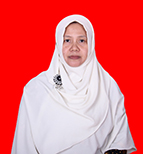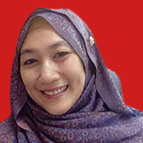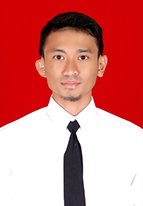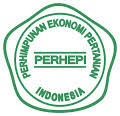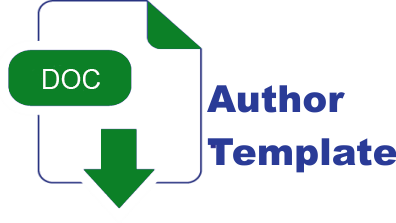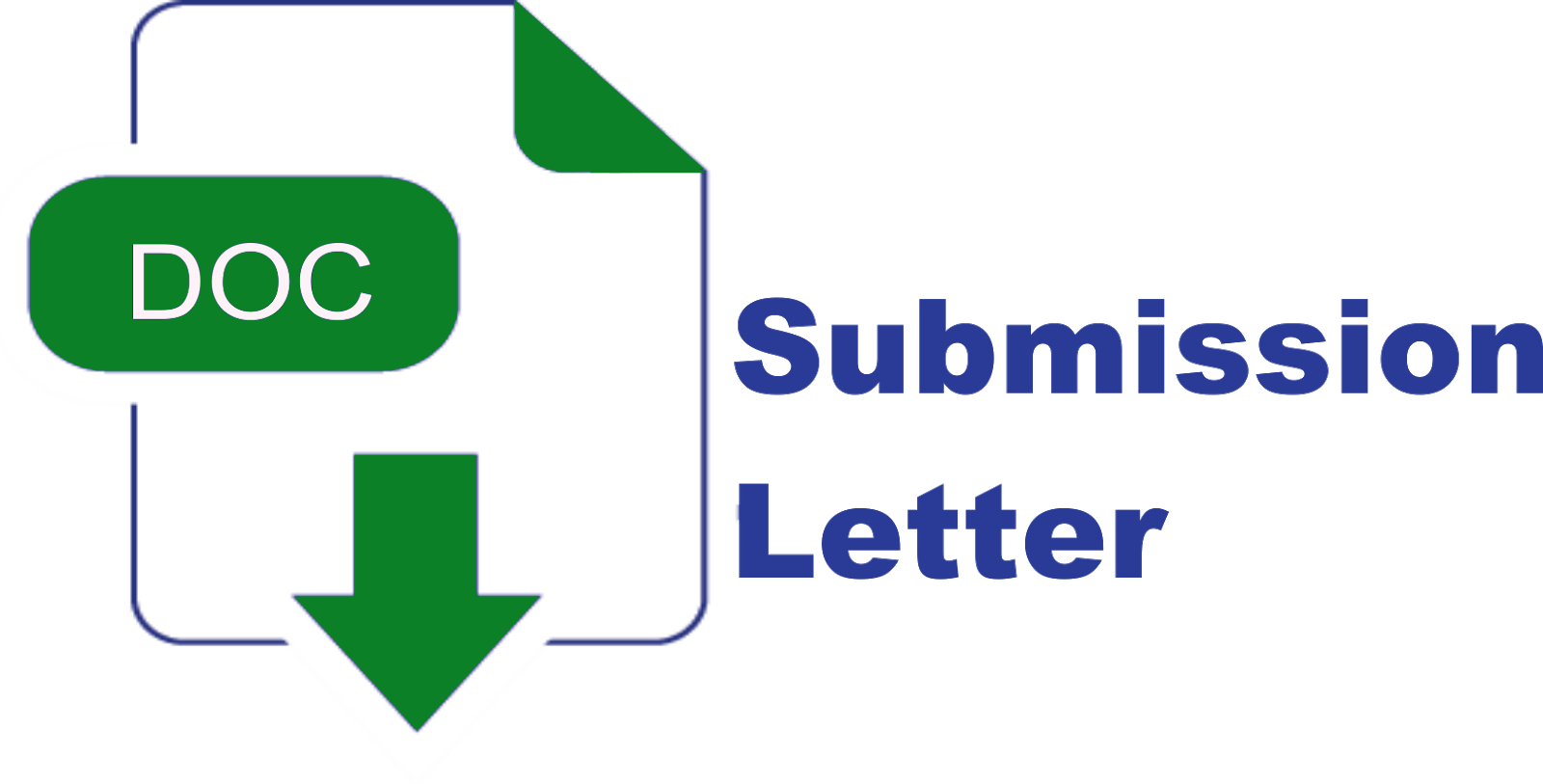Kelayakan Usahatani Kopi Arabika dan Robusta di Kecamatan Way Rantai Kabupaten Pesawaran
DOI:
https://doi.org/10.25181/jofsa.v6i1.2118Keywords:
financial, feasibility, arabica coffee, non-financial, robustaAbstract
The aims of this research are to analyze financial and non-financial feasibility of arabica coffee and robusta coffee farmings. The research is conducted in Way Ratai Sub-district, Pesawaran Regency in February 2020. The samples are 16 arabica coffee farmers who are selected using census method and 30 robusta coffee farmers who are selected using simple random sampling method. The analysis methods are financial and non-financial feasibility analysis includes analysis of technical, economic, social, market, and environmental aspects. The study shows that arabica coffee and robusta coffee farmings are profitable and feasible. The NPV value of arabica coffee farming is Rp358.693.372 and robusta coffee farming is Rp116.446.261. The Net B/C value of arabica coffee farming is 35,94 and robusta coffee farming is 13,32. The Gross B/C value of arabica coffee farming is 2,91 and robusta coffee farming is 1,70. The Payback Period value of arabica coffee farming is 3,90 and robusta coffee farming is 5,07. The IRR value of arabica coffee farming is 86% and robusta coffee farming is 56%, which are higher than bench mark interest rate. Arabica coffee and robusta coffee farmings are still profitable although production costs increases by 2,98%, production decreases by 17,27%, selling price of arabica coffee decreases by 12,48% and robusta coffee decreases by 18%. The study shows that both arabica coffee and robusta coffee farmings are feasible.Downloads
References
Astanu, D. A., Ismono, R. H., & Rosanti, N. (2013). Analisis kelayakan finansial budidaya intensif tanaman pala di Kecamatan Gisting. JIIA, 1(3), 218–225.
Azmi, M., Zakaria, W. A., & Murniati, K. (2017). Analisis kelayakan finansial usahatani salak pondoh di Desa Wonoharjo, Kecamatan Sumberejo, Kabupaten Tanggamus. JIIA, 5(1), 15–21.
Badan Penelitian dan Pengembangan Pertanian. (2015). Teknologi Budi Daya Tanaman Kopi : Aplikasi pada Perkebunan Rakyat. Jakarta: IAARD Press.
Badan Pusat Statistik. (2018). Statistik Kopi Indonesia 2017. Jakarta: Badan Pusat Statistik.
Badan Pusat Statistik Kabupaten Pesawaran. (2016). Luas Areal dan Produksi Tanaman Perkebunan Menurut Jenis Komoditi di Kabupaten Pesawaran, 2014.
Caesara, V., Usman, M., & Baihaqi, A. (2017). Analisis Pendapatan dan Efisiensi Pemasaran Biji Kopi (Green Bean) Arabika di Kabupaten Bener Meriah. Jurnal Ilmiah Mahasiswa Pertanian, 2(1), 250–261. https://doi.org/10.17969/jimfp.v2i1.2306
Fitri, A., Berliana, D., & Anggraini, N. (2021). Pengadaan Bahan Baku Produk Kopi Ready to Drink pada Coffee Shop di Kota Bandar Lampung. Agrimor, 6(1), 42–48. https://doi.org/10.32938/ag.v6i1.1242
Fitri, A., Harianto, H., & Asmarantaka, R. W. (2018). Analisis Pendapatan Usahatani Sawi Pola Kemitraan dan Non Mitra di Kecamatan Megamendung Kabupaten Bogor Jawa Barat. Journal of Food System & Agribusiness, 2(2), 94–99. https://doi.org/10.25181/jofsa.v2i2.1115
Kadariah. (2001). Evaluasi Proyek Analisis Ekonomis. Jakarta: Universitas Indonesia.
Kusmiati, A., & Wati, N. S. (2020). Kelayakan finansial dan sensitivitas usahatani kopi robusta di Desa Kalibaru Manis Kecamatan Kalibaru Kabupaten Banyuwangi. MIMBAR AGRIBISNIS : Jurnal Pemikiran Masyarakat Ilmiah Berwawasan Agribisnis, 6(1), 460–473.
Laksono, A. D., Aji, J. M. M., & Ridjal, J. A. (2014). Analisis Kelayakan pada Usahatani Kopi Rakyat di Kabupaten Jember. Berkala Ilmiah Pertanian, 1(1), 1–7.
Lestari, F. Y., Ismono, R. H., & Prasmatiwi, F. E. (2019). Prospek pengembangan pala rakyat di Provinsi Lampung. JIIA, 7(1), 14–21.
Maharani, C. N. D., Lestari, D. A. H., & Kasymir, E. (2013). Nilai tambah dan kelayakan usaha skala kecil dan skala menengah pengolahan limbah padat ubi kayu (onggok) di Kecamatan Pekalongan Kabupaten Lampung Timur. JIIA, 1(4), 284–290.
Pasaribu, M. C., Prasmatiwi, F. E., & Murniati, K. (2016). Analisis kelayakan finansial usahatani kakao di Kecamatan Bulok Kabupaten Tanggamus. JIIA, 4(4), 367–375.
Puspaningrum, D., & Agustina, T. (2016). Prospek Dan Strategi Pengembangan Kopi Arabika Specialty Ketinggian Sedang Berbasis Kawasan Di Kabupaten Jember. JSEP (Journal of Social and Agricultural Economics), 9(3), 56–66. https://doi.org/10.19184/jsep.v9i3.6494
Sari, Y. H., Endaryanto, T., & Murniati, K. (2020). Analisis finansial usaha peternakan itik petelur dengan sistem pemeliharaan intensif di Kecamatan Gadingrejo Kabupaten Pringsewu. Journal of Food System and Agribusniness, 4(1), 25–33.
Umar, H. (2005). Studi Kelayakan Bisnis. Jakarta: Gramedia Pustaka Utama.
Wahyuni, S. S., Utama, S. P., & Mulyasari, G. (2012). Analisis Kelayakan Finansial Usahatani Kopi Arabika Di Desa Bandung Baru Kecamatan Kabawetan Kabupaten Kepahiang. Jurnal AGRISEP, 11(1), 43–50. https://doi.org/10.31186/jagrisep.11.1.43-50
Zakaria, A. (2019). Analisis kelayakan finansial usaha tani kopi arabika (Coffea arabica) di Desa Suntenjaya, Kecamatan Lembang Kabupaten Bandung Barat. Agroscience, 9(1), 34–40.
Downloads
Published
How to Cite
Issue
Section
License
Copyright (c) 2022 Journal of Food System and Agribusiness

This work is licensed under a Creative Commons Attribution-NonCommercial 4.0 International License.
With the receipt of the article by the Journal of Food System and Agribusiness Editorial Board and the decision to be published, then the copyright regarding the article will be diverted to the Journal of Food System and Agribusiness.
Politeknik Negeri Lampung as the publisher of the Journal of Food System and Agribusiness holds the copyright regarding all the published articles in this journal.
Politeknik Negeri Lampung has the right to multiply and distribute the article and every author is not allowed to publish the same article that was published in this journal.
The manuscript authenticity and copyright statement submission can be downloaded ON THIS FORM. Fill out the form and submit as a supplementary file.
All publications by Journal of Food System and Agribusiness is licensed under a Creative Commons Attribution Non-Commercial 4.0 International License.



